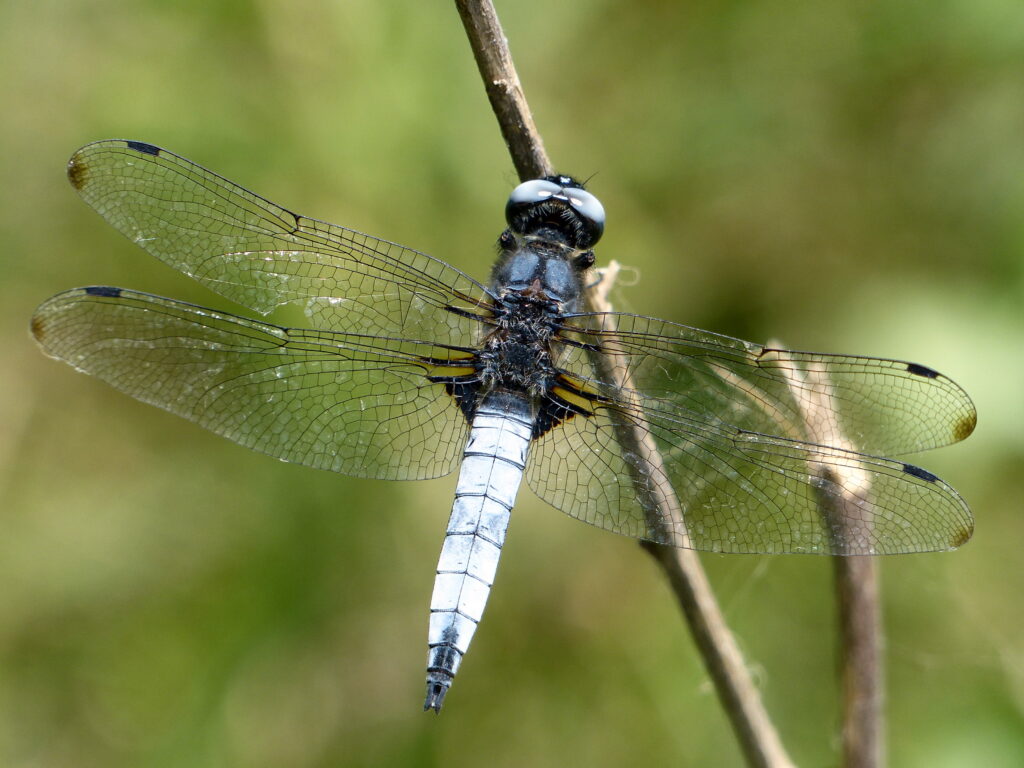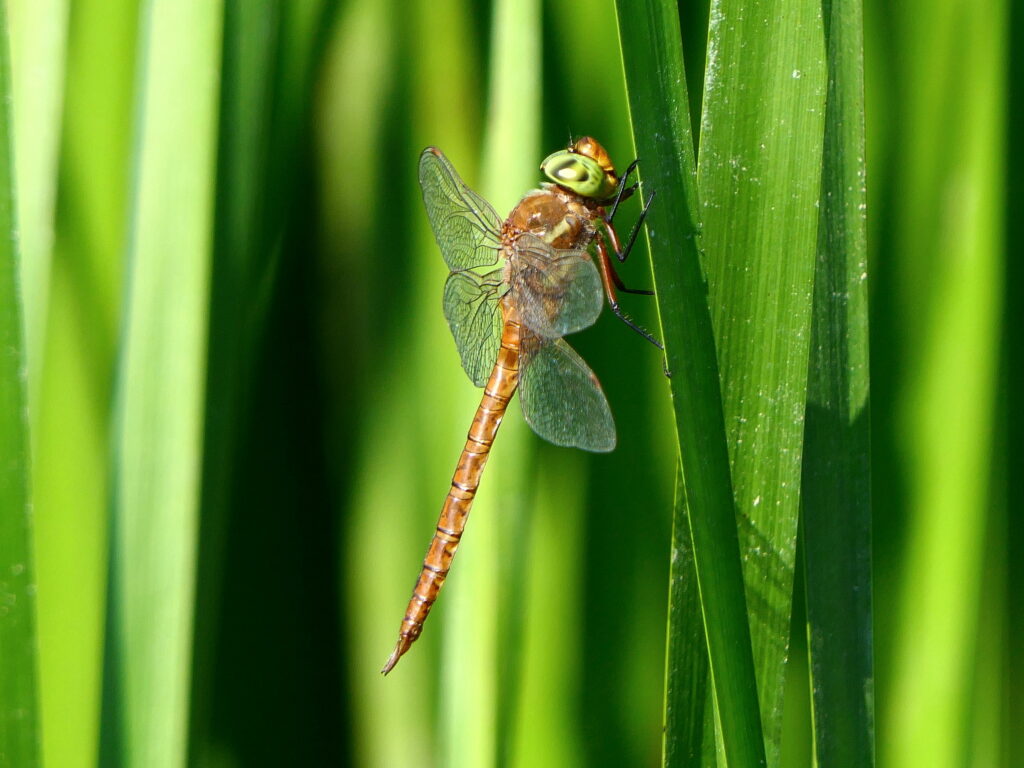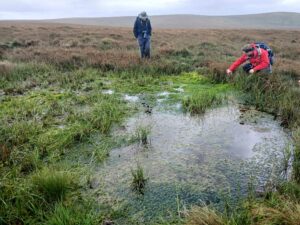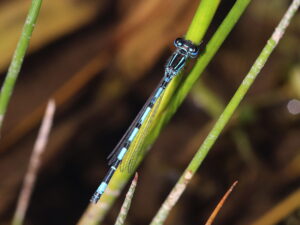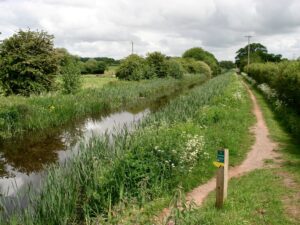Devon is one of the UK’s most species-rich counties for dragonflies and damselflies thanks to its warm, southerly location and diverse wetland habitats. These habitats vary from nutrient-rich lakes, ponds, rivers and canals in the lowlands to acidic bogs, streams and fast-flowing rivers on Dartmoor and Exmoor.
Dragonflies and damselflies (sometimes referred to collectively as dragonflies below) are members of the insect order called Odonata. Although they’re similar, there are easy ways to tell them apart. One is their wings: all four are identical in damselflies, whereas the front and hind wings differ in dragonflies. Dragonflies are also larger and stronger than damselflies. Both need:
Water: Dragonflies spend most of their life in or near freshwater. Adults lay eggs into aquatic vegetation, debris or water and the larvae (also known as nymphs) spend one to six years underwater before emerging as adults. They need clean, healthy waterbodies with emergent vegetation which the larvae climb up before they emerge as flying adults.
Food: Dragonflies are carnivorous and both nymphs and adults are skilled hunters feeding on whatever they can find. Nymphs feed on mosquito larvae, tadpoles, small fish and other insects. Adults are aerial predators and feed on other flying insects such as mosquitoes, midges and other flies, bees and even butterflies.
In Britain, 48 species breed, of which 30 breed in Devon. Thirteen are listed as Devon Species of Conservation Concern and four of these are listed as Devon Special SpeciesDevon Species of Conservation Concern which have been 'shortlisted' as needing particular action or attention (rather than being iconic species). More.
The hairy dragonfly (Brachytron pratense) reaches its south-western limit in Devon, with strong populations around the Exe marshes, Bovey Basin and Slapton. It has recently colonised new sites, such as the Grand Western Canal and Braunton Burrows. It flies from late April to mid-July.
The small red damselfly (Ceriagrion tenellum) needs small, sunny, shallow pools on acidic heaths or bogs, where larvae develop in warm water. It’s poor at competing with other species and vulnerable to changes in rainfall and climate. It flies from June to early September and is found on Dartmoor and east Devon’s Pebblebed Heaths.
The downy emerald (Cordulia aenea) is scarce and very local, breeding in woodland ponds and lakes. In Devon, usually only a few territorial males are seen and there are few egg-laying records for the county. Adults often roam woodland. The only sites are in the Bovey Basin and at Bystock Ponds and Squabmoor reservoir on the Pebblebed Heaths.
The red-eyed damselfly (Erythromma najas) prefers canals, slow rivers and still waters with floating vegetation. It’s fairly common but very local, with strongholds in the Bovey Basin, lower Exe Valley and Grand Western Canal.
The white-legged damselfly (Platycnemis pennipes) is found on slow-flowing, vegetated lowland rivers and streams, where adults gather in tall bankside plants. It flies from late May to mid-August and has been recorded along rivers including the Axe, Clyst, Exe, Otter, Tamar, Taw, Torridge and Yeo.
The red-veined darter (Sympetrum fonscolombii) is a mainly migratory species, increasingly seen in Britain with scattered breeding in warm, shallow, open waters. In Devon, it has bred at sites like Clennon Valley, Meeth and Soar in recent years.
The ruddy darter (Sympetrum sanguineum) prefers shallow, well-vegetated ponds, lakes, ditches and canals, tolerating acidic waters. More common in Dorset and Somerset, it’s always been scarce in Devon. Its current status here is not known but former breeding sites include Braunton Burrows, Offwell and Seaton Marshes.


